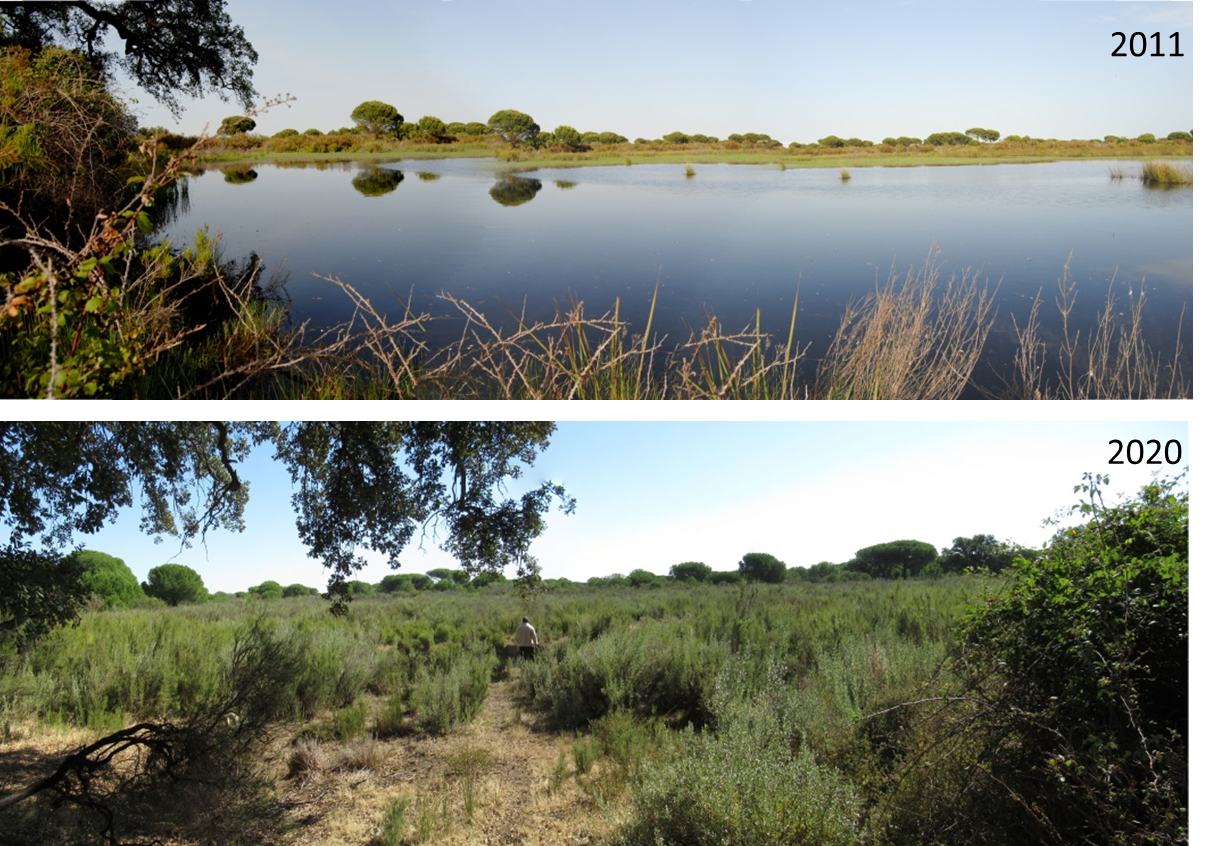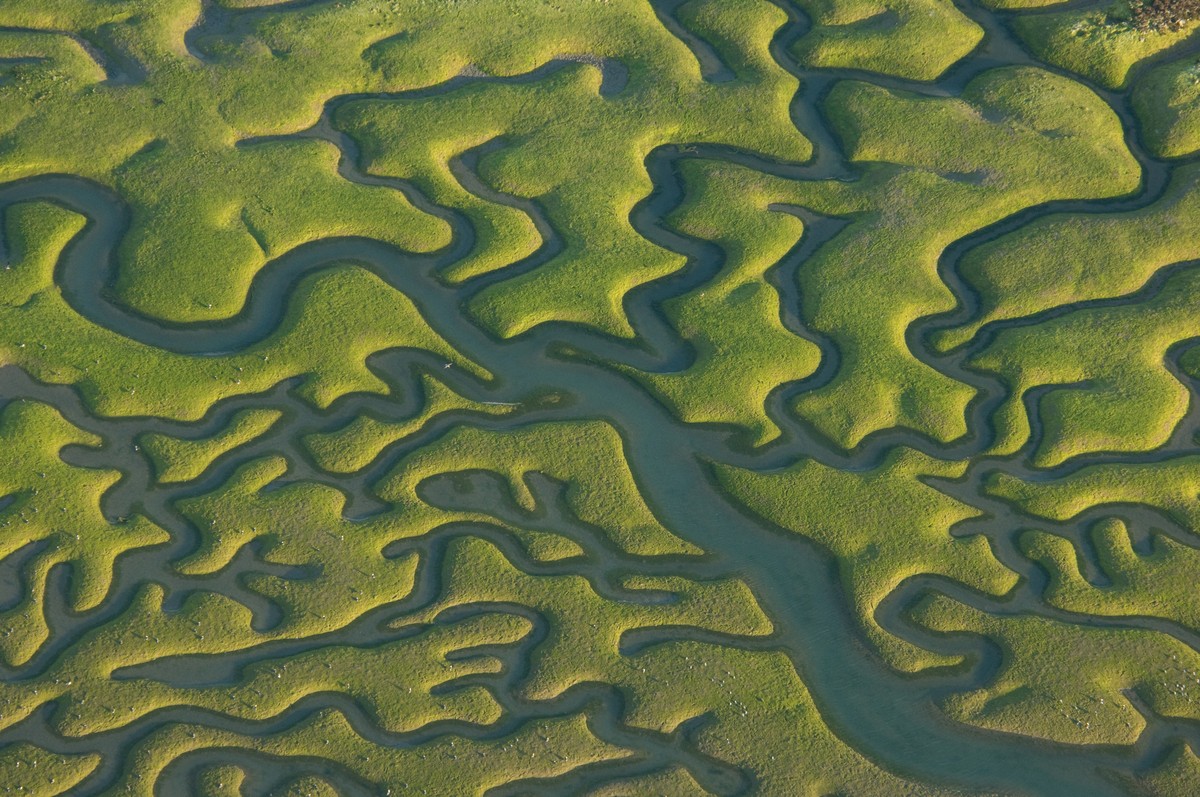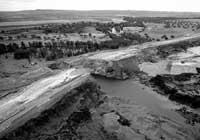Scientists warn of the grave danger of Doñana
2023/04/13 Galarraga Aiestaran, Ana - Elhuyar Zientzia Iturria: Elhuyar aldizkaria

According to the latest study published by the Biological Station of Doñana, the loss of the lagunar system of Doñana has been 59.2% between 1985 and 2018. To some extent they have disappeared as a result of the lack of lebral concertation and the increase in temperature, but they have shown that human activity has also had direct influence: plantations, construction, field of cultivation, extractions of water…
Eloy Revilla, director of the Sanchez biological station, has relied on this study to report the situation on the participation council of Doñana. In fact, a special meeting has been held to analyse the impact on Doñana of the irrigation plan presented to the Andalusian parliament. Revilla recalls that the European Court of Justice has sanctioned Spain for not respecting the Doñana protection regulations and for extracting water to irrigate plantations and supply water to the urbanized area.
The data leave no doubt: Doñana is in a critical situation. Proof of this is that the three large lagoons that did not dry in summer are no longer permanent, as is the case of El Sopetón and La Dulce, which now dry frequently. The largest, Santa Olalla, has been in a critical situation since 2012.
To follow the evolution of the pools, 442 images taken by the Landsat satellite and its consequences on animals and plants have been analyzed. For example, they have seen that the diversity of amphibians has fallen by almost half from 2003 to 2021, from 4.3 species per square kilometer to 2.5. Furthermore, the two species of indigenous galapagos on the Iberian Peninsula, both included in the red list of threatened species in Europe, are in a worrying situation, as are the needles of witches and broches. Fish and eels are also dying, and some aquatic plants are in danger of extinction.
The lack of water is also noted in other habitats. Within the protected area, 8.3% of the centennial cork oak trees have died since 2010 and 10% are very ill.
For the future it is expected to rain less than usual. However, water demand is growing year after year. Revilla speaks clear: “The current exploitation of the aquifer is unsustainable. Precipitation is variable and is declining and pulling out more water than it renews. Therefore, this natural resource is running out.” It also denounces the lack of political will to control irrigation and water extraction.
In order to cope with this situation, it has made a number of proposals, starting with stopping the extraction of so many waters so that the Doñana ecosystem can recover. It also suggests innovating the situation assessment system and the governance model, as well as conducting an analysis of the socio-economic activity of the environment to find other economic solutions. The General Council of Scientific Research of Spain and numerous scientists from other institutions and centers have joined the vision of Revilla.

Gai honi buruzko eduki gehiago
Elhuyarrek garatutako teknologia






